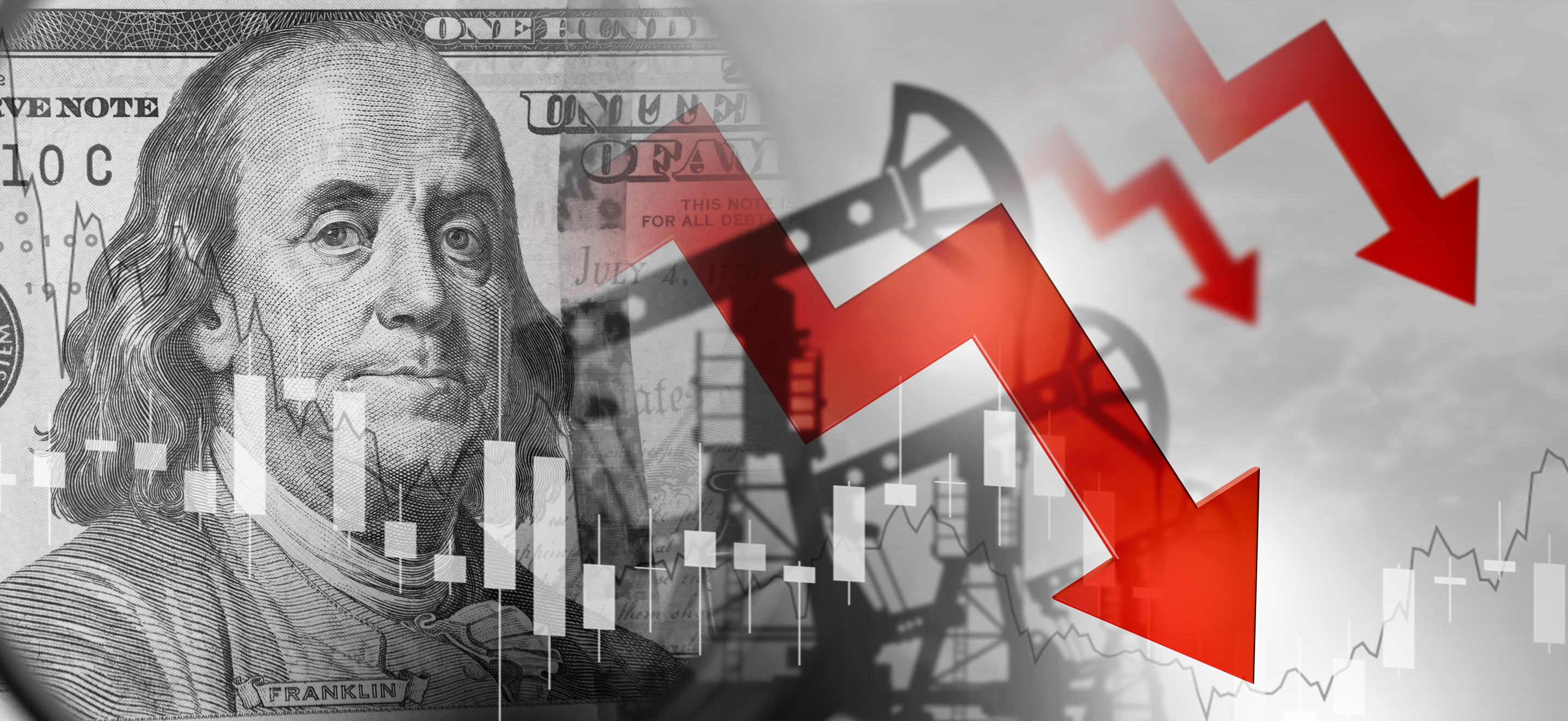The petrodollar agreement, a crucial and long-standing arrangement established on June 8, 1974, between the United States and Saudi Arabia, expired on June 9, 2024. The agreement was orchestrated to ensure global crude oil transactions were undertaken in U.S. dollars in exchange for the protection of the oil in transit, as well as other benefits and alignments noted in the first segment of the article. This landmark event signifies a significant shift in global financial dynamics and power structures, fundamentally altering the landscape of international economics.
Key Points of the Petrodollar Agreement
Oil Pricing in U.S. Dollars
Saudi Arabia agreed to price its oil exports exclusively in U.S. dollars, ensuring a steady global demand for the currency.
Investment in U.S. Treasury Bonds
Saudi Arabia invested its surplus oil revenues in U.S. Treasury bonds and securities, recycling petrodollars back into the U.S. economy.
U.S. Military Aid and Protection
In exchange, the United States provided military aid and protection to Saudi Arabia and its monarchy, cementing a strategic alliance.
Support for the U.S. Dollar
The arrangement bolstered the U.S. dollar’s status as the world’s primary reserve currency, with countries needing dollars to purchase oil. It supported low interest rates, a robust bond market, and the dollar’s strength against other currencies.
Trade Deficits and Economic Benefits
The U.S. could run significant trade deficits as petrodollars were reinvested into the U.S. economy, maintaining a strong bond market and lower borrowing costs.
Broader Implications of the Expiration
1. Weakening of the U.S. Dollar
Reduced Global Demand: With Saudi Arabia free to price oil in multiple currencies, global demand for the U.S. dollar will likely decrease. Historically, the petrodollar system bolstered the dollar’s position as the world’s primary reserve currency.
Inflation and Interest Rates: A weaker dollar could lead to higher import prices for the U.S., contributing to inflation. This inflationary pressure could prompt the Federal Reserve to raise interest rates to curb inflation, impacting borrowing costs for businesses and consumers.
2. Reduced Demand for U.S. Treasury Bonds
Lower Investment from Saudi Arabia: Saudi Arabia’s obligation to invest surplus oil revenues in U.S. Treasury bonds will no longer be in place, potentially reducing demand for U.S. debt.
Higher Borrowing Costs: With reduced demand for Treasury bonds, the U.S. government may face higher borrowing costs to finance its budget deficits, which could lead to higher economic interest rates, impacting everything from mortgages to business loans.
3. Shift in Global Financial Power
Rise of Emerging Economies: The agreement’s expiration underscores the increasing influence of emerging economies, particularly China. Using the Chinese renminbi as an alternative reserve currency could shift financial power towards China and other emerging markets.
Multipolar Financial System: Moving away from a dollar-centric system could accelerate the development of a multipolar financial world, with more countries engaging in bilateral trade agreements in their own currencies.
4. Impact on Oil Prices and Trade
Volatility in Oil Markets: Pricing oil in multiple currencies could introduce greater volatility and uncertainty into global oil markets. Exchange rate fluctuations could affect oil prices and trade flows.
Economic Disruptions: Countries heavily dependent on oil imports, like Europe and Japan, may face higher costs and economic disruptions if they need to access multiple currencies for oil transactions, which could complicate trade negotiations and economic planning.
5. Exploration of Digital Currencies
Digital Currencies and CBDCs: Saudi Arabia’s exploration of digital currencies like Bitcoin and involvement in Project mBridge for a multi-central bank digital currency (CBDC) platform highlight the evolving nature of cross-border payments and foreign exchange transactions.
Potential for Innovation: The adoption of digital currencies and CBDCs could lead to more efficient and secure international transactions but also introduce regulatory and technological challenges that need to be addressed.

Broader Context and Interesting Facts
The end of the petrodollar agreement is not just a bilateral issue but a global economic event with profound implications. Here are some broader contexts and informative facts to consider, which will help you grasp the full extent of this significant development:
Historical Context: The petrodollar system emerged after the 1973 oil crisis, a time when the world was grappling with energy shortages and skyrocketing oil prices. The agreement helped stabilise the global economy and reinforced the U.S. dollar’s dominance.
Geopolitical Shifts: The expiration comes at a time when geopolitical alignments are shifting. The rise of BRICS (Brazil, Russia, India, China, and South Africa) and their efforts to create alternative financial systems reflect a move towards a more decentralised global order.
Technological Advancements: The rapid development of blockchain technology and cryptocurrencies is transforming the financial landscape. Central bank digital currencies (CBDCs) are becoming a reality, potentially offering more efficient and transparent financial transactions.
Environmental Concerns: The global push towards renewable energy and reducing carbon footprints also influences the oil market. Countries are increasingly investing in sustainable energy sources, which could further reduce the reliance on oil and the petrodollar system.
Economic Diversification: Saudi Arabia’s Vision 2030 initiative aims to diversify its economy from oil dependency, which includes investments in tourism, entertainment, and technology, positioning Saudi Arabia as a significant player in the global economy beyond oil.
Conclusion
The expiration of the petrodollar agreement heralds a fundamental shift in global economic and financial dynamics. The potential weakening of the U.S. dollar, the rise of alternative reserve currencies, and the increased use of digital currencies all pose intriguing possibilities for a more complex and multipolar world. This transition could lead to higher borrowing costs for the U.S., increased volatility in oil markets, and significant changes in global trade patterns. The coming years will undoubtedly be a transformative period in international finance, driven by emerging economies, technological innovations, and shifting geopolitical landscapes.
If you want to assess your company’s potential risks and exposure due to market shifts and political power struggles and develop a more robust strategy to navigate upcoming challenges, Strategy Hubb Advisory is here to help.
Disclaimer: Please note that the information provided in this article is not to be considered as financial advice. Please seek advice for your personal or business matters from a qualified professional or make contact with myself or one of the team at Strategy Hubb to tailor custom solutions to accommodate your circumstances.


